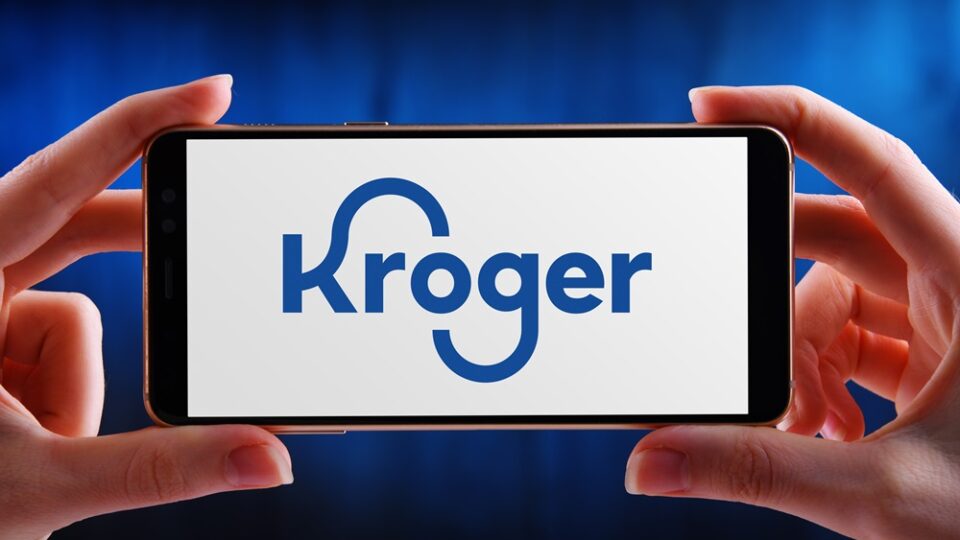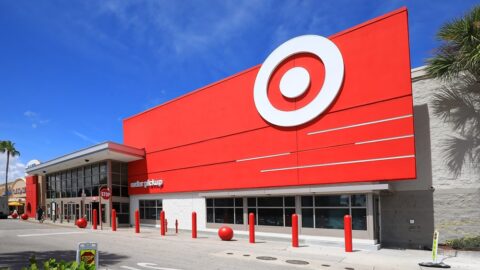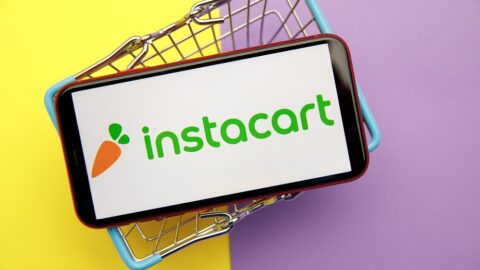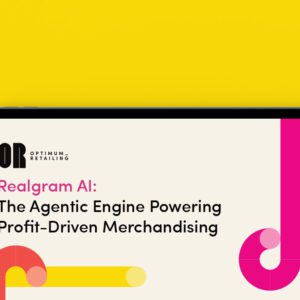Kroger closed three automated fulfillment centers earlier this year as part of a plan to streamline its ecommerce operations, with plans to rely more heavily on third-party delivery platforms. Kroger expects these shifts to improve ecommerce operating profit by approximately $400 million in 2026, with the savings being used to lower prices and improve store conditions.
Earlier this month, Kroger expanded its partnership with Instacart, adding a white-label customer-facing agentic AI-powered shopping helper called Cart Assistant. The retailer also has made its full grocery assortment available via DoorDash, and will launch a new customer experience on the Uber Eats Marketplace early next year.
“Every customer is different, and they expect more options to access fresh, affordable food, without compromising on the value or convenience,” said Yael Cosset, EVP and Chief Digital Officer for Kroger, who was appointed to lead the company’s new ecommerce business unit in March. “Our differentiated approach, combining the proximity of our stores with high-capacity automation and the wide assortment of the fresh food they love allows us to fulfill more trips for the families we serve. Being able to deliver food and groceries to tens of millions of families who shop with us every year, in as little as 30 minutes, is a winning model for Kroger and our customers,” he said in a statement.
Following a comprehensive review, Kroger closed fulfillment facilities in Pleasant Prairie, Wis.; Frederick, Md.; and Groveland, Fla. in January 2025, and the retailer is continuing to monitor the remaining facilities’ performance. Kroger expects to incur impairment and related charges of approximately $2.6 billion in Q3 2025 as a result of these closures and the automated fulfillment network not meeting financial expectations.













